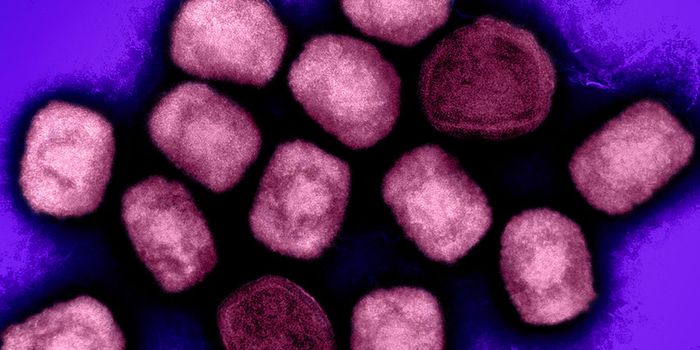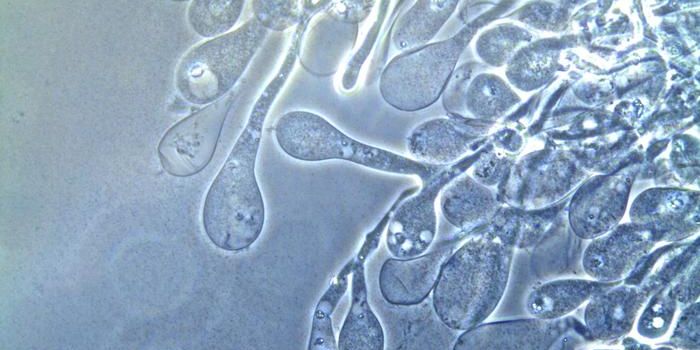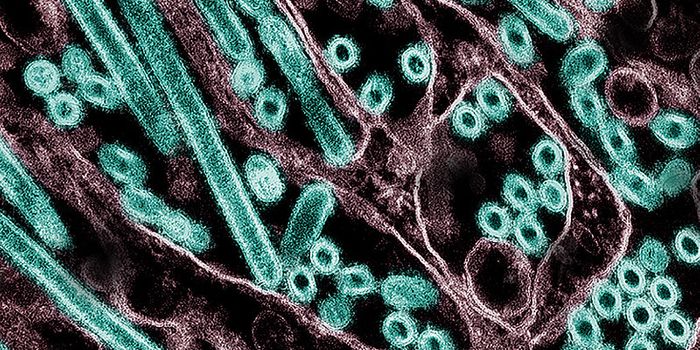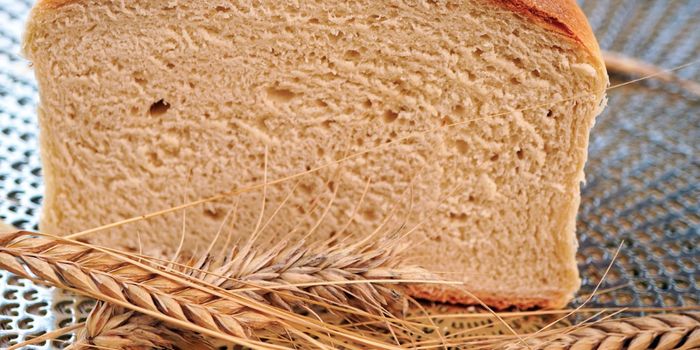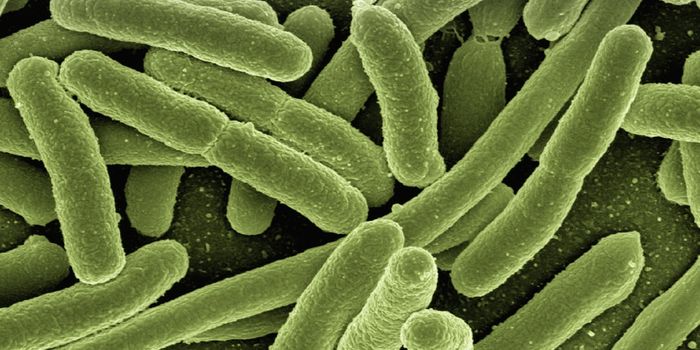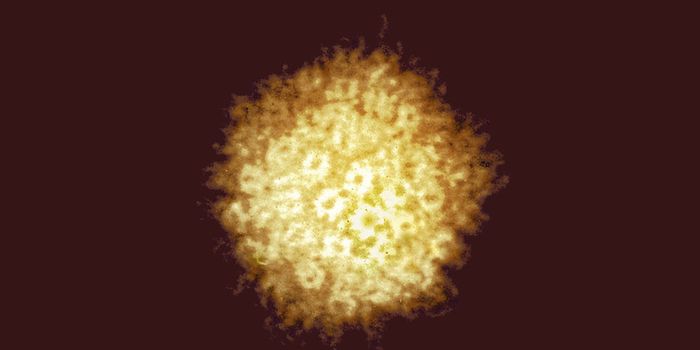You are what your microbes tell you to eat
“You are what you eat” is the saying. How about “You are what your gut microbes tell you to eat”? Well, this appears to be the case - for fruit flies, at least.
Both Lactobacillus and Acetobacter are key members of the fruit fly’s microbiome. Researchers at the University of Sydney found that the abundance of these gut bacteria dropped significantly if the flies were made to fast overnight. This led the researchers to hypothesize that the flies may need to continually renew and replace their gut microbes.
Image: Shutterstock
To test this, they allowed food-deprived flies to forage in an area containing 7 different kinds of food, yeast/sucrose alone or yeast/sucrose that was seeded with 1 of 6 species of bacteria - Acetobacter pomorum, Acetobacter tropicalis, Lactobacillus casei, Lactobacillus pantheris, Lactobacillus plantarum, or Staphylococcus saprophyticus. The flies were either axenic (had not been exposed to bacteria), conventional (exposed to environmental bacteria), or monoassociated (exposed to just one kind of bacteria).
The conventional flies preferred the foods that had been seeded with bacteria over the unseeded food. For the most part, they preferred foods seeded with A. pomorum, A. tropicalis, and L. plantarum - all strains that are typically found in the gut. Indeed, they showed no preference for L. pantheris or S. saprophyticus - strains not found in the gut. Curiously, the flies that had been monoassociated with A. tropicalis or L. plantarum preferred foods seeded with “their” bacteria. That is, flies that had been associated with A. tropicalis preferred food with A. tropicalis.
Next, they reasoned that the flies’ preference for one microbe over another could either be innate or depend on previous exposure. To test this, they took larvae from eggs that were conventional, axenic, or had been exposed to A. tropicalis or L. plantarum and gave them various food choices. They were given yeast/sucrose alone or seeded with A. tropicalis or L. plantarum. Interestingly, larvae that had been exposed to bacteria through their eggs (all but the axenic group) headed straight for food that contained bacteria. As you can probably predict by now, larvae whose eggs had been exposed to A. tropicalis went for the food with A. tropicalis, and so forth.
Clearly, gut microbes tell the flies which microbes to eat, but do they also tell them what kind of nutrients to eat? You bet! First, they determined what sort of nutrients the average fly wants to eat. They offered the flies 5 different meals with varying ratios of protein to carbohydrate. Like all good flies, they preferred a balanced diet - a protein to carbohydrate ratio of 1:2.
Next, they tested whether altering the flies’ gut microbes would also alter their nutritional choices. Flies that were monoassociated with A. tropicalis were less likely to choose the high-protein diet, and flies monoassociated with L. plantarum chose a high-carbohydrate diet (that’s my kind of fly).
The researchers then went on to show that the flies locate their preferred microbes by olfaction and not by some other method - taste, for example. According to the authors, “our study provides new evidence that the gut microbiota can modify host chemosensory responses and behavior … our findings open new questions about the evolutionary processes that shape animal microbial recognition and foraging behaviors.”
Next time I'm craving carbs, I'm blaming it on my microbes.
Sources: Science Daily and Cell Current Biology


